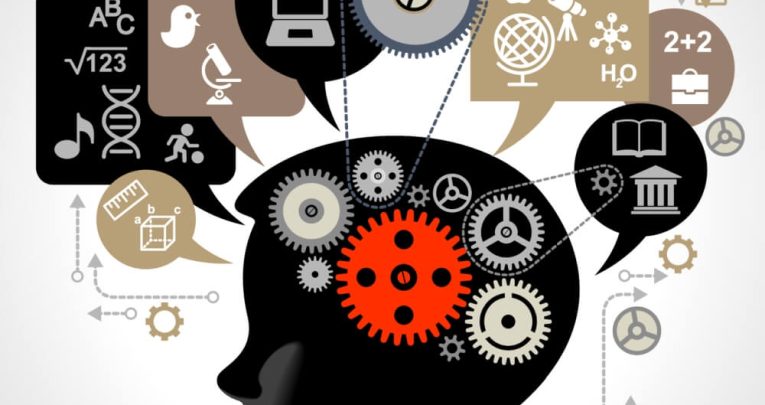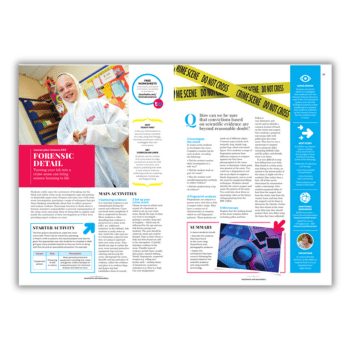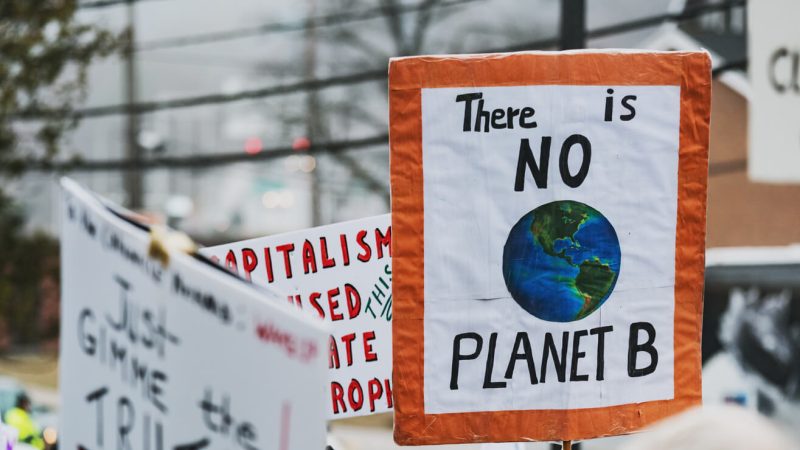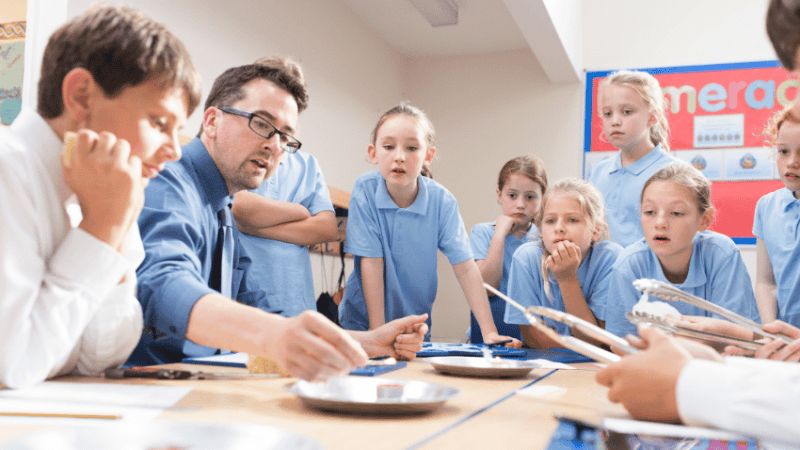Why science lessons are perfect for practicing self-regulation and independent study

Science lessons are the ideal space in which to develop your students’ self-regulation and independent study skills, says Dr Andrew Chandler-Grevatt…

- by Dr Andrew Chandler-Grevatt
- Senior lecturer in science education and curriculum editor Visit website

With face-to-face teaching becoming ever more challenging in our post-COVID schools, many teachers have started looking more closely at how to develop students’ abilities at tackling tasks more independently.
Even beyond those immediate concerns, the broader picture is that independent learning remains a highly valued characteristic among school leavers and is widely recognised as an important life and work skill.
Science lessons are an ideal environment in which to develop students’ self- regulation skills – here, I’ll explain why.
What is self-regulation?
There has been significant research interest into self-regulation, particularly in terms of how it can be best taught to students. The definition of ‘self-regulated learning’ isn’t set in stone, but can vary widely when applied to learning.
The form of self-regulation that science teachers will likely want to develop is ‘academic self-regulation’ – that is, a set of strategies students can apply when planning how they will learn, monitoring their learning and evaluating how successful their learning has been.
While there is some crossover with metacognitive strategies, I’ll be concentrating here on academic self-regulation before outlining a five-year approach to developing independent learners.
The Education Endowment Foundation has previously stated that self-regulation strategies can increase student progress by an equivalent of seven months.
Its ‘Metacognition and Self-regulated Learning’ guidance report highlighted just how important both self-regulation and metacognition skills are, and emphasised the useful role they can play across different subjects, given the difficulties students often encounter when applying generic skills to highly specific tasks.
Self-regulation can be a complex concept to grasp, but it’s possible to introduce it to science lessons by making a few simple shifts in focus. The main overriding strategy for self-regulation is the ‘Plan, Monitor, Evaluate’ cycle, each stage of which can be applied to a student’s learning process – so let’s examine how three particular shifts in focus can go on to affect the use of common science lesson activities.
1 | Learning new content
A primary focus within science lessons will obviously be the acquisition of new knowledge. One common homework activity, for example, might involve asking students to learn the symbols for the first 20 elements of the periodic table – in itself, a potentially daunting task.
However, enacting a small shift from simply setting the task to presenting a strategy of how to achieve the task can increase students’ chances of success. Introduce your learners to the aforementioned Plan, Monitor, Evaluate strategy by posing the following questions:
- How will you go about this task? (Planning)
- How will you check your progress? (Monitoring)
- How will you know that you’ve succeeded – or what you need to do to succeed? (Evaluation)
The teacher can introduce some ideas for achieving this, and the students could be invited to suggest some strategies they might have used in their learning before. In this instance, flashcards could be made with the element names on one side and their corresponding symbols on the other for self-test purposes.
Students could check their progress by browsing through the flash cards in a random order – once with element names face up, then with the symbols face up, and finally with a mix of names and symbols showing.
The students can test themselves, or ask someone in their household to test them, sorting the cards into separate ‘learnt’ and ‘to be learnt’ piles as they go.
For elements they keep getting stuck on, helpful memorisation methods might include drawing pictures for the elements and their symbols, or attaching them to mnemonics and acronyms.
2 | Explicit modelling
A second example of a self-regulation strategy involves using physics equations to perform calculations.
Instead of simply giving an equation to students, alongside some problems it can be used to solve, we can shift to promoting self-regulation by explicitly modelling the plan-monitor-evaluate process when faced with a specific science problem.
In this instance, let’s take the equation used to calculate power. The teacher models each step in using the equation to perform a calculation, while clearly explaining their thinking behind what they’re doing.
First, the teacher describes how they plan to tackle the calculation, highlighting how it’s laid out on the page and how they’re able to make sure that they have all the information they need.
As they go through the equation, the teacher then shows how they’re able to monitor what they’re doing – which will include checking that the values are attached to appropriate units and identifying any conversions that may be needed.
Finally, there’s the need to check that the answer ‘looks right.’ An increasingly common technique is the ‘I, We, You’ approach. The teacher models the process (‘I’), the teacher and class do the next example together (‘We’) and then the students have a go on their own (‘You’).
3 | Activating prior knowledge
Prior knowledge will commonly be activated using a form of retrieval practice. A shift towards self-regulation in this area would be to encourage dialogic talk that is structured and focused on the process of learning.
This can be done by giving students a list of prompts to consider and discuss, for example:
- What do we already know about photosynthesis?
- What other knowledge [big ideas or concepts] will be useful?
- What strategies have we used before when learning a new topic?
- How could we improve how we learn?
It’s important to develop students’ competence in selecting, using and applying self-regulation strategies to support their learning. Just like any other skill, it will need to be modelled, scaffolded and developed until it can be independently demonstrated by the student.
I hope this article has shown that implementing self-regulation strategies into your teaching needn’t require making significant changes, and that small shifts in focus and expectations can lead to markedly improved levels of independence among students.
5-year plan
Below is a pathway for developing key self- regulation skills over the five years of secondary science that consists of three stages – ‘trying out’, ‘using’ and ‘applying’.
Trying out
In Y7 and Y8 the focus can be on trying out self- regulation strategies. Teachers introduce a range of self-regulation strategies during these years, modelling them and encouraging students to try them. Students begin to evaluate them and decide which ones will work best for them.
Using
By Y9 students should be making frequent use of self-regulation strategies. They will now be familiar with a range of different strategies, and with the right support, be capable of tackling new problems more independently.
Applying
By Y10 and Y11 students should be routinely applying self-regulation strategies in support of their learning. They’ll use a range of self-regulation strategies that work well for them, and apply them effectively when faced with challenges.
By this stage, when the time for study and revision has arrived, students will be more independent in their learning.
Dr Andrew Chandler-Grevatt is the curriculum editor for Activate at Oxford University Press and a senior lecturer in science education at the University of Brighton; he is also the author of How To Teach For Progress and How To Assess Your Students, both published within the Oxford Teaching Guides series. For more information, follow @Grevster73










